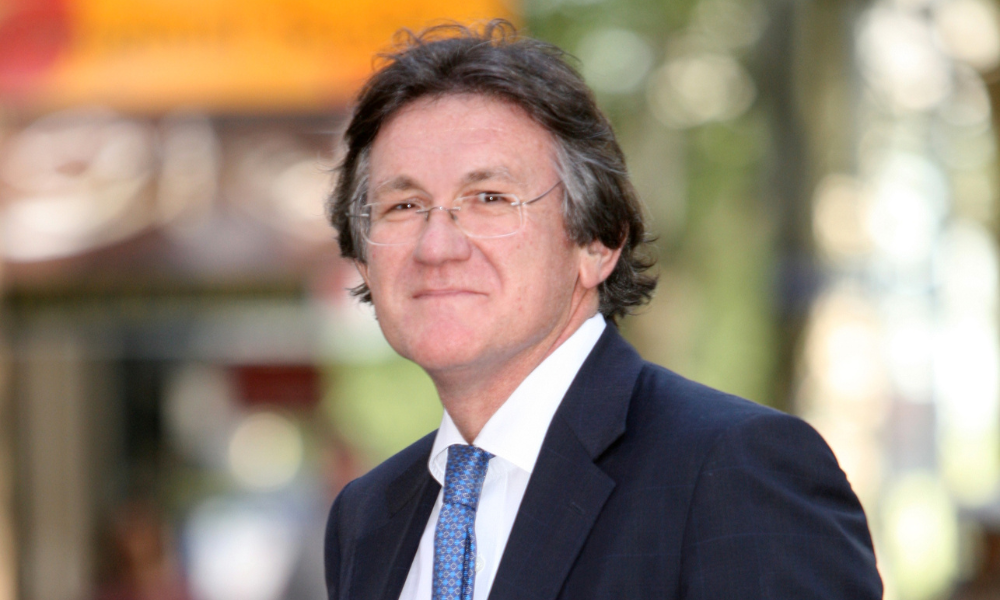Further falls predicted for 2022 and 2023

One of the country’s biggest banks is forecasting a moderate fall in house prices this year, followed by a larger fall in 2023.
In a commercial broker webinar on Tuesday, NAB gave an overview of the global economy and within Australia. NAB chief economist Alan Oster (pictured) said despite challenges within the global economy, Australia’s economy was looking robust.
The bank’s forecasts showed moderate annual GDP growth – around 2.7% for 2022, 1.8% for 2023 and 2% for 2024. Unemployment, currently at 3.9% is expected to drop to 3.7%. It is expected to rise to 4% in 2024, driven by higher interest rates and slower global growth.
Read more: NAB’s mortgage covered bonds receive AAA rating
NAB expected headline inflation, currently 5.1% (ABS March 2022 quarter), to hit about 6.5%. The official cash rate, currently 0.85% was likely to rise a further 50 basis points in each of the next two meetings, reaching 2.1% by the end of the year.
Turning to the housing market, due to rising interest rates and affordability constraints, Oster said NAB now expected house prices to fall 2.5% in the second half of 2022, and 15% in 2023.
“Nonetheless, we do expect prices to decline by around 15 to 20% as mortgage rates rise and affordability constraints become increasingly binding,” Oster said.
As the impact of higher interest rates offset house price falls, he said the decline in prices was unlikely to ease any affordability concerns for borrowers.
“More broadly, house prices will remain high after increasing 22% last year and the required deposit for new home buyers will also remain at high levels,” Oster said.
The degree of a house price falls was not consistent throughout the country, with markets such as Sydney and Melbourne seeing bigger falls.
“By city, falls accelerated in Sydney and Melbourne, while prices growth across the other capitals including Brisbane, Perth and Hobart continued to slow. Adelaide remains the exception, rising 1.8% in the month,” Oster said.
The stronger inflation outlook and the RBA’s post meeting statement meant NAB now expected the cash rate increases to be stronger.
“Our new profile sees the cash rate at 2.1% by end 2022 and 2.6% at end 2023,” Oster said.
The squeeze on households from rising interest rates and elevated inflation meant they would need to run down their savings rate for consumption to keep rising. However, Oster noted that the build-up of household savings over the last couple of years showed households had the capacity to do so.
“We’ve assumed that rates go up 2% from here … we look through what it does and, in our book, it’s roughly $300 per month,” Oster said.
Although rate rises were likely to cancel out pay increases, put in perspective, they were lower than was seen in the past. They weren’t going to be catastrophic, because the household balance sheet was still pretty robust overall..
“Banks are still keen to lend … we don’t see any signs of any stress out there as in defaults … we’re happy to keep lending to housing, business and construction,” Oster said.
Globally, Oster highlighted three areas of concern that were likely to have flow-through effects on the Australian economy.
China’s economy is forecast to grow around 4% for the year, he said. COVID-19 factors, such as prolonged lockdowns and supply chain disruptions were taking their toll, as was the closure of the port in Shanghai.
Read more: NAB female executives work hard to break the bias
There were also increasing concerns around Russia and Europe, after EU leaders sought to ban oil exports from Russia.
Thirdly, inflation and supply shortages were causing issues in the US. The Federal Reserve is expected to hike benchmark interest rates by at least 75 basis points in each of its next two meetings, the funds rate reaching 3.25% to 3.5% by the end of the year, Oster said.
The rate of increase was “quite significant” and would have an impact, Oster said. NAB modelling showed zero growth for two consecutive quarters in mid-2023, which combined with unemployment rising more than half-a percent, indicated a recession. By 2024, NAB forecasts showed unemployment (currently 3.6%), could be close to 5%.
“We’re quite concerned about what that means in terms of the flow-through implications – for the world economy, and also for us,” Oster said.



